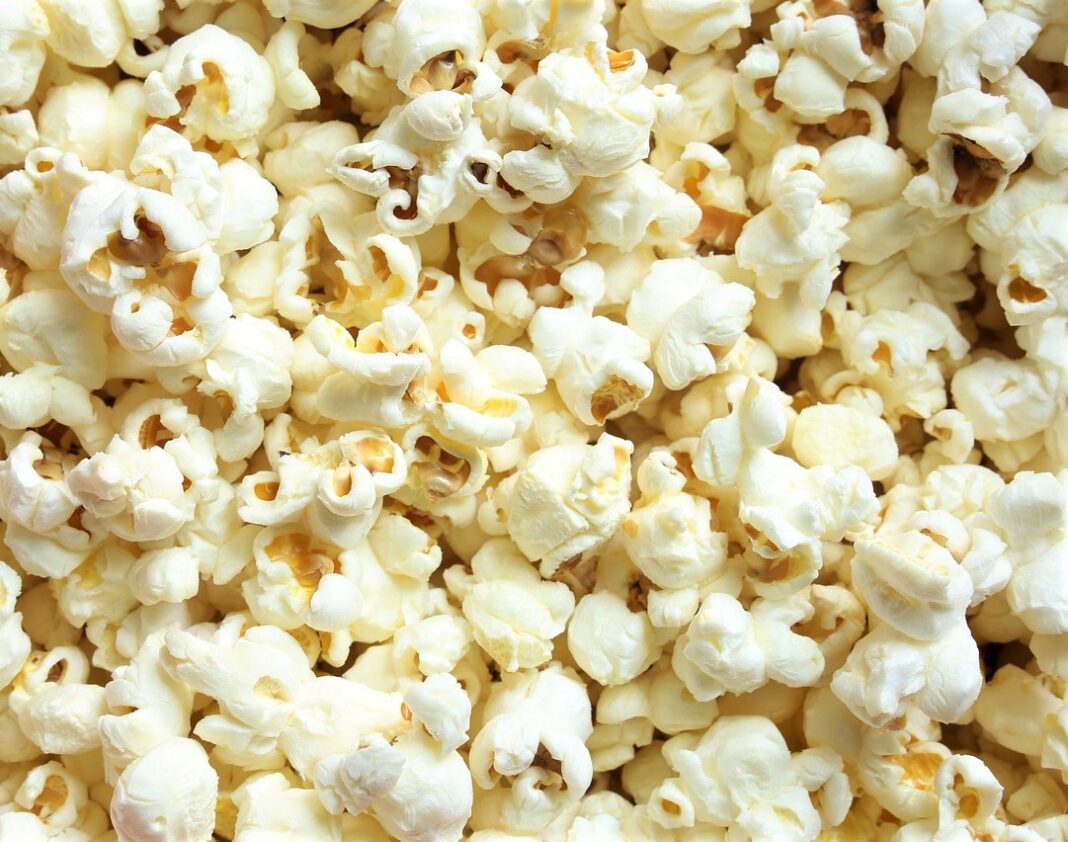Popcorn is healthy. It’s a whole grain loaded with fiber and low in calories. It’s the way it’s cooked and the added ingredients that can turn this good food into junk food. Let’s get popping and explore how to avoid unnecessary calories, fat, and chemicals and best make healthy popcorn.
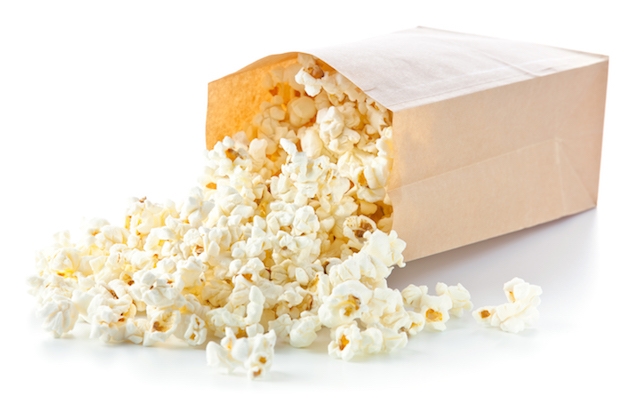
PLAIN POPCORN NUTRITIONAL STATS
Popcorn is a whole grain and a good source of dietary fiber, which can help with digestion and promote a feeling of fullness. It also contains small amounts of vitamins and minerals, such as vitamin B6, manganese, magnesium, and phosphorus.
Here are approximate values for three cups (24 grams) of plain, air-popped or safely microwaved popcorn:
Calories: 93
Protein: 3 grams
Carbohydrates: 18.6 grams
Fiber: 3.6 grams
Sugar: 0.2 grams
Fat: 1.1 grams
Saturated Fat: 0.2 grams
Trans Fat: 0 grams
Sodium: 2 mg.
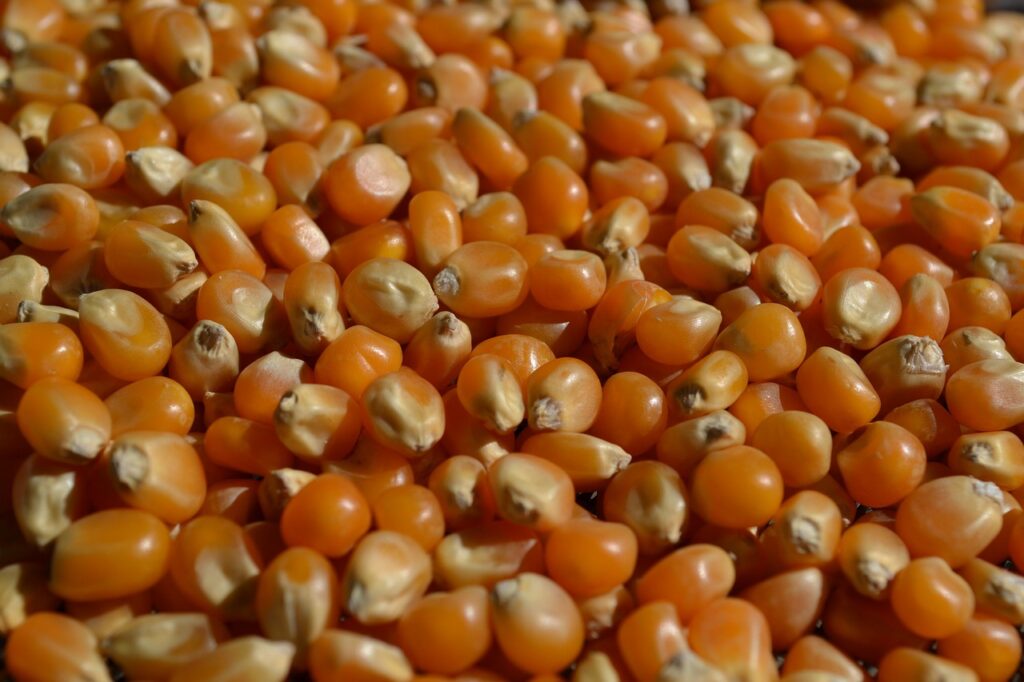
HOW HEALTHY POPCORN BECOMES UNHEALTHY
HEALTHIEST POPCORN
Air-popped Popcorn Air-popped popcorn is cooked with no added oils or butter.
Healthiest Microwave Popcorn Tied with its air-popped cousin is popcorn popped in a microwave in a taped-shut paper sandwich bag. There are also silicon microwaveable popcorn poppers that can be purchased for under $10. Either way, the popcorn is again cooked with no oil or butter.
HEALTHY POPCORN
Healthy Microwave Popcorn There are some brands of pre-packaged microwave popcorn that have minimal added ingredients, including little or no oil. Read the nutritional stats and ingredients carefully. That said, they’re all going to be more expensive and at least a little less healthy than microwaved paper bag popcorn.
Stovetop Popcorn Making popcorn on the stovetop with a small amount of healthy oil (like coconut or olive) can be a good alternative to pre-packaged microwave popcorn.
UNHEALTHY POPCORN
Unhealthy Microwave Popcorn Unfortunately, most microwave popcorn is unhealthy, and not just because of its high levels of saturated fat and sodium. It probably also contains dangerous chemicals: PFAs (which line the bags but also get in the popcorn) and diacetyl (responsible for the butter flavor). Just say no.
Buttered Movie Popcorn We call it “movie popcorn,” but you might also get it at a sporting event, shopping center, or almost anywhere. It’s rarely actually buttered. Instead, it’s “buttered-flavored.” The kernels are popped in coconut or canola oil and doused with a concoction of salt, yellow food coloring, and, finally, artificial butter flavoring (mostly made up of soybean oil). In addition to exposing yourself to less-healthy oils, compared to the healthiest plain popcorn, movie popcorn has about 50% more calories, six times more fat (including 2 g. of saturated fat per three cups), and 100 times more sodium.
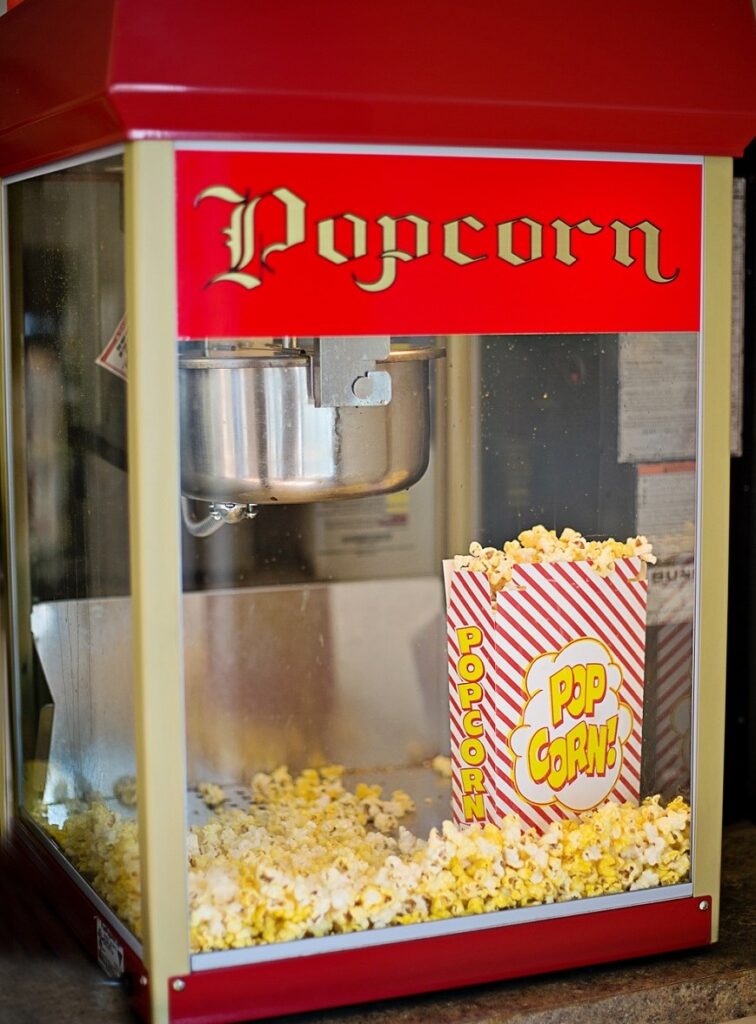
Toppings Avoid butter, cheese, caramel, and chemical or sugary toppings. All can add significant calories and unhealthy fats and/or sugar to an otherwise healthy snack.
Portion Control Even healthy popcorn can become less-healthy in great portions, and that’s not even addressing the occasional splurge on unhealthy popcorn. It’s so easy to take another handful, and another, and another…and that’s why portion control is crucial. Only pop up or purchase as much as you want to fit into your nutritional plan. (One interesting thing about portion control. A study found that when eaters switched to their nondominant hand [left if righthanded] they consumed about 30% less popcorn in a theater than those who used their dominant hand.) When exposed to a big bag or bowl of popcorn, don’t go on autopilot. Slow down and focus on each additional mouthful.
HEALTHY POPCORN TOPPINGS
Let’s return to our healthiest popcorn, cooked without oil or butter. The nutritional stats were very good, but then it’s just plain, boring popcorn. For most people, it’s the toppings that make popcorn tasty.
OLIVE OIL
As a seasoning, olive oil is a good substitute for butter. Though olive oil has a little more calories per tablespoon than butter (120 vs. 102) and both have the same fat content (14 g.), the crucial difference is in the kinds of fat. Butter is loaded with unhealthy saturated fat, while olive oil has comparatively little (2 g. vs. 7.3 g. per tablespoon); and olive oil, unlike butter, is loaded with monounsaturated and polyunsaturated fats, which have been linked to reduced risk of heart disease. Still, use olive oil sparingly, because those calories will really add up if you pour on multiple tablespoons.
NUTRITIONAL YEAST
Plain nutritional yeast has a cheesy flavor and yet its dairy-free. (It also comes in flavors like roasted garlic). And it’s also high in protein. Sprinkle on 5 grams and you get 3 grams of complete protein, 20 calories, and no sugar or fat.
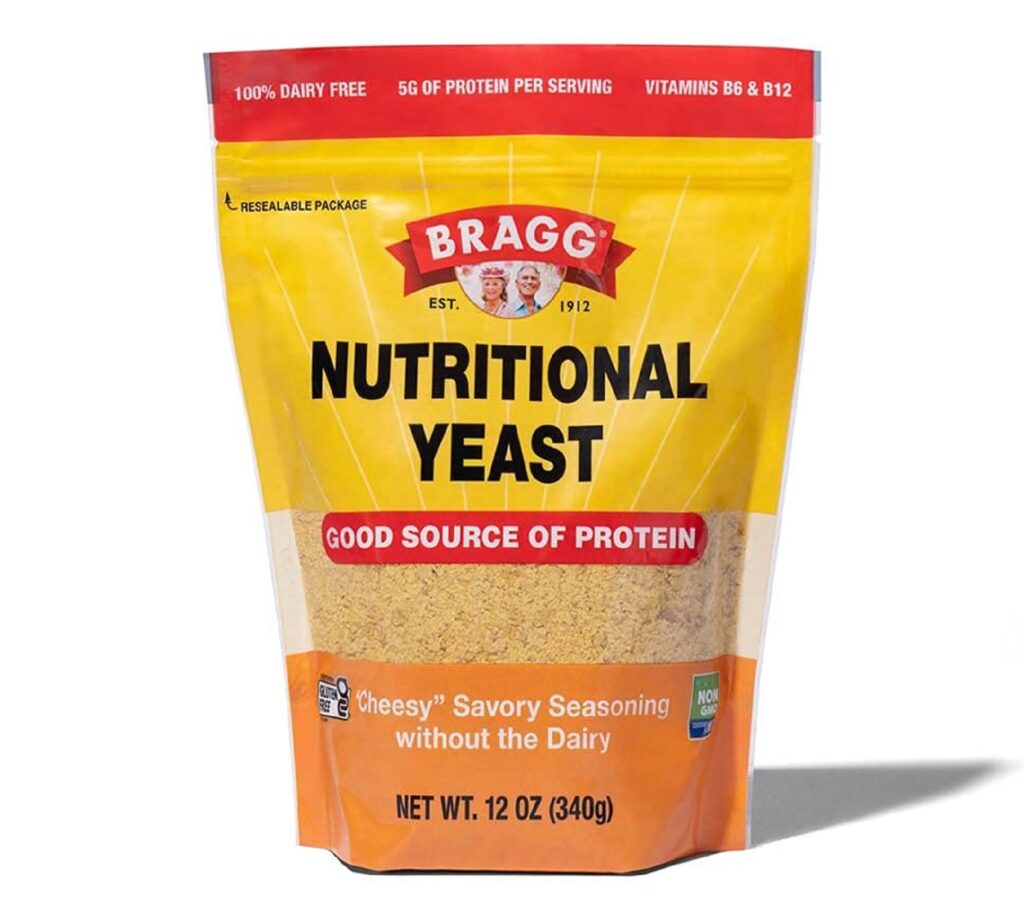
SPICES
Spices like garlic, oregano, and parsley provide a burst of flavor with virtually no calories.
SALT SUBSTITUTE
We’re not against sodium in moderation. But there are sodium-substitutes, most of which are made with potassium chloride. If you don’t mind the mildly bitter aftertaste of potassium, a substitute can be used instead of salt or blended with salt to lower the sodium content. Also, with an all-of-the-above approach to healthy seasoning, you probably won’t notice any bitterness.
HEALTHY POPCORN CONCLUSION
Popcorn cooked without oil or butter is a healthy whole-grain snack that can be a part of a balanced diet. Choose healthier toppings. As with any food, moderation is key to maintaining a balanced diet.



































